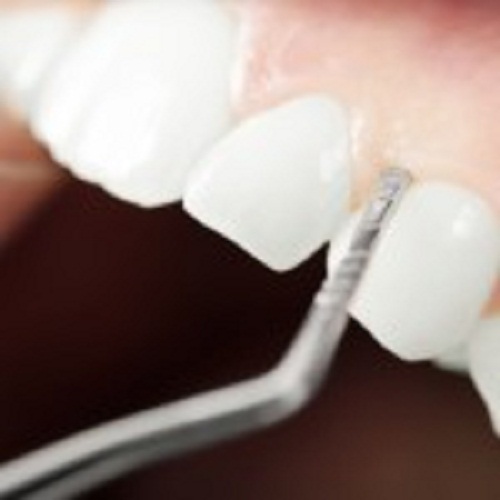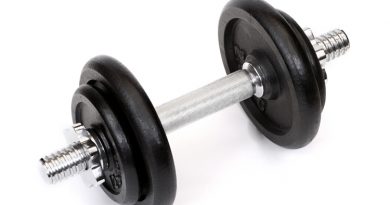Peri-implant mucositis: the prelude to the peri
The mouth is a natural habitat for bacteria that accumulate in the form of oral biofilm in both tissues surrounding natural teeth as those surrounding the implants. When a bacterial infection occurs in the “gum” (actually its mucosa) that are around a bone anchored implant it is known as peri-implant mucositis.
The peri-implant mucositis has the same signs as gingivitis so refers to the gums: inflammation, redness and bleeding. Another cause of bad breath.
The peri-implant mucositis is reversible if treated properly, however, if treatment is neglected, may evolve into a peri, is known as an inflammatory process of the tissues surrounding an implant osseointegration causing loss of bone support, a fact that may represent implant failure, and other serious consequences for our oral health.
The mouth bacteria have an extraordinary capacity to multiply and join other to colonize certain areas. These bacterial groups are called oral biofilm, causing many oral diseases and inflammation of the gums and soft tissues surrounding an implant.
Before any implant is necessary to control oral biofilm in the dental clinic by mechanical and chemical-based chlorhexidine and chloride Cetylpyridinium techniques and always maintain oral hygiene measures necessary to control periodic training.
Sometimes dental implant wearers think that being an implant an artificial tooth is not necessary to care. Quite the contrary. The implants should be careful if anything, more own teeth because bacteria can adhere to them more easily than natural teeth. In addition, another reason why it is essential extreme oral hygiene in a carrier of implants is that by placing the implant may form pseudo pockets 4-5 mm, adjacent to the implant, with oxygen-poor environment, constitute the habitat Ideal for anaerobic bacteria (not requiring oxygen for metabolism) species such as Porphyromonas gingivalis and capnocytophaga, the latter of more pathogenic character.
How to treat mucositis around an implant?
A month and a half after placement of an implant or crown, the patient should see your dentist review. This will assess the situation and if it detects oral biofilm or no bleeding on probing to intervene with mechanical instruments such as curettes or ultrasonic to remove without damaging the surface of the implant neck.
In the case of detecting the use of antiseptics pseudo pockets, it is essential. Previously have to deconstruct the biofilm with mechanical means otherwise not be effective antiseptic and therefore not properly disinfected area. The antiseptic based disinfection be performed either with air abrasion techniques, in the part of the crown, or irrigation, inside the bag.
After this treatment will continue for about three weeks, a pattern of oral hygiene mouthwashes and toothpaste with chlorhexidine in their formulation and interproximal brushes impregnated with a formulated gel, too, with chlorhexidine.
Adding to these guidelines set by our dentist to combat peri-implant mucositis, devote adequate time and attention to our oral hygiene will, as a whole, the perfect formula to reunite with good oral health and prevent evolve into a peri.





